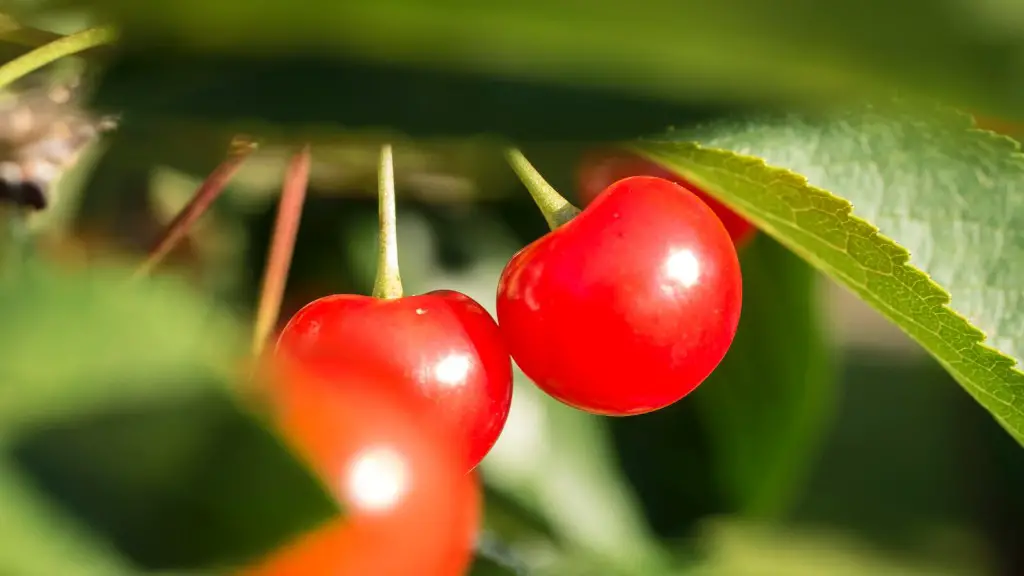Introduction: Painting with watercolors is a creative and satisfying exercise. However, it can be challenging to create a complex and realistic painting of a cherry blossom tree. This article will provide insight into how to paint a cherry blossom tree in watercolor, including advice on color selection, brush techniques, and detail to consider when painting. With a few tips and some practice, anyone can learn to create an impressive painting of a cherry blossom tree in watercolor.
Creating the Background: An important first step when it comes to painting a cherry blossom tree in watercolor is the background. The background should provide the setting for the painting and set the mood. Use cool colors like blue and green to create a tranquil feeling and warm colors like red and orange to create a more energetic atmosphere.
When creating the background, it is important to remember that the background is just that–a background. Avoid the temptation to add too much detail and focus only on the most basic elements. This can often be accomplished with one or two washes of color.
Painting the Branches and Blossoms: With the background created, the next step in painting a cherry blossom tree in watercolor is to add the branches and blossoms. When painting the tree, remember to use the same colors that were used for the background to create a cohesive painting.
When painting the tree, use a graded wash technique to create the branches. This is accomplished by starting with a diluted wash of color and gradually increasing the saturation and intensity of the color as you move up the branches. When painting the blossoms, use lighter colors and a more stippling technique to create a more delicate effect.
Adding Details: After the tree has been painted, the next step is to add the details. This can be done with a number of techniques, such as wet-on-wet and wet-on-dry. When painting the details, it is important to start with light colors and gradually increase the saturation of the colors as the details become more intricate. Once the details have been added, it is a good idea to use a white paint pen or a white gouache to add highlights and texture to the painting.
Finishing Touches: Once the painting has been finished, the last step is to add a few finishing touches. This can be accomplished with a few layers of glazing or a bit of splattering. This is a great way to add interest and depth to your painting and help bring the painting to life.
Color Selection
Choosing the right colors for the painting is an important step in creating a realistic painting of a cherry blossom tree in watercolor. Select colors that are muted and subtle. Avoid bright and saturated colors, as they can be distracting and take away from the focus of the painting. It is also important to consider how the colors blend together as this will help create a more harmonious painting.
Brush Techniques
Using the right brush techniques is essential when painting a cherry blossom tree in watercolor. A good technique to use is a graded wash. This is a technique that involves gradually increasing the saturation and intensity of the color as you move up the branches. This will help create the illusion of depth and texture in the painting.
Light and Shade
Light and shade is an important element of any painting. To create a more realistic painting of a cherry blossom tree in watercolor, it is important to add light and shadow to the painting. When painting the light and shade, use a dry-brush technique and start with a light wash of grey and gradually increase the saturation of the grey as you move from the lightest areas to the darkest areas. This will help create a more realistic lighting effect in the painting.
Adding Movement
To complete the painting, it is also important to consider adding movement. Movement is created when the viewer’s eye is lead from one area of the painting to another. To add movement to the painting, use bold brush strokes and add shadows and highlights in unexpected areas. This will help create the illusion of movement and add interest to the painting.


